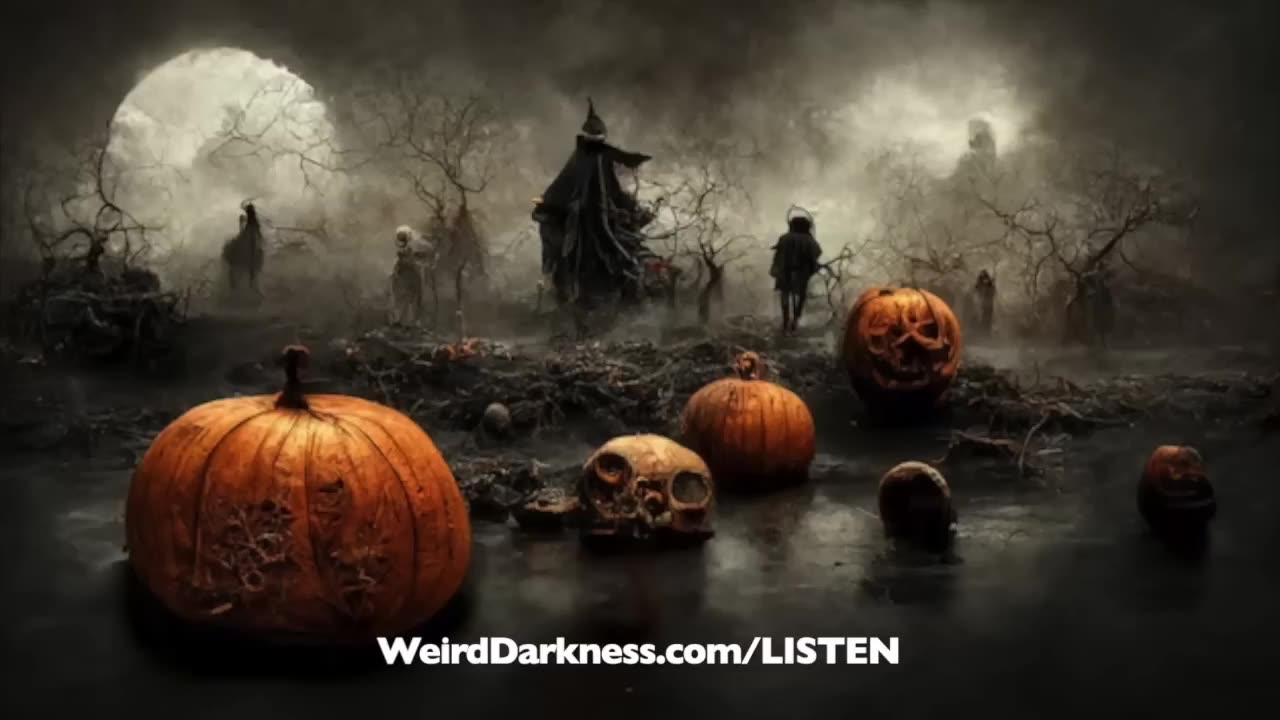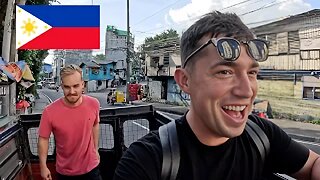Premium Only Content

“TRUE STORIES OF SKINWALKERS AND SHAPESHIFTERS”
In the Navajo language, yee naaldlooshii translates to "by means of it, it goes on all fours". While perhaps the most common variety seen in horror fiction by non-Navajo people, the yee naaldlooshii is one of several varieties of skin-walkers in Navajo culture; specifically, they are a type of 'ánti'įhnii.
Navajo witches, including skin-walkers, represent the antithesis of Navajo cultural values. While community healers and cultural workers are known as medicine men and women, or by other positive terms in the community's Indigenous language, witches are seen as evil, performing harmful ceremonies and manipulative magic in a perversion of the good works medicine people traditionally perform. In order to practice their good works, traditional healers may learn about both good and evil magic, in order to protect against evil. But people who choose to become witches are seen as corrupt.
The legend of the skin-walkers is not well understood outside of Navajo culture, both due to reluctance to discuss the subject with outsiders, as well as what Cherokee Nation academic Adrienne Keene says is a lack of the necessary cultural context the stories are embedded within. Traditional Navajo people are reluctant to reveal skin-walker lore to non-Navajos, or to discuss it at all among those they do not trust. Keene, founder of the website Native Appropriations, has written in response to non-Navajos incorporating the legends into their writing (and specifically the impact when J. K. Rowling did so) that when this is done, "We as Native people are now opened up to a barrage of questions about these beliefs and traditions...but these are not things that need or should be discussed by outsiders. At all. I'm sorry if that seems 'unfair', but that's how our cultures survive."
-
 2:08:19
2:08:19
Tactical Advisor
19 hours agoThe Vault Room Podcast 006 | Farwell 2024 New Plans for 2025
190K11 -
 34:12
34:12
inspirePlay
1 day ago $5.73 earned🏆 The Grid Championship 2024 – Cass Meyer vs. Kelly Rudney | Epic Battle for Long Drive Glory!
89.9K8 -
 17:50
17:50
BlackDiamondGunsandGear
16 hours ago $3.11 earnedTeach Me How to Build an AR-15
63.9K6 -
 9:11
9:11
Space Ice
1 day agoFatman - Greatest Santa Claus Fighting Hitmen Movie Of Mel Gibson's Career - Best Movie Ever
121K48 -
 42:38
42:38
Brewzle
1 day agoI Spent Too Much Money Bourbon Hunting In Kentucky
82.2K13 -
 1:15:30
1:15:30
World Nomac
1 day agoMY FIRST DAY BACK in Manila Philippines 🇵🇭
63.9K10 -
 13:19
13:19
Dr David Jockers
1 day ago $11.93 earned5 Dangerous Food Ingredients That Drive Inflammation
82.5K17 -
 1:05:13
1:05:13
FamilyFriendlyGaming
1 day ago $15.97 earnedCat Quest III Episode 8
132K3 -
 10:39
10:39
Cooking with Gruel
2 days agoMastering a Succulent London Broil
84.6K5 -
 22:15
22:15
barstoolsports
1 day agoWhite Elephant Sends Barstool Office into Chaos | VIVA TV
59.7K1